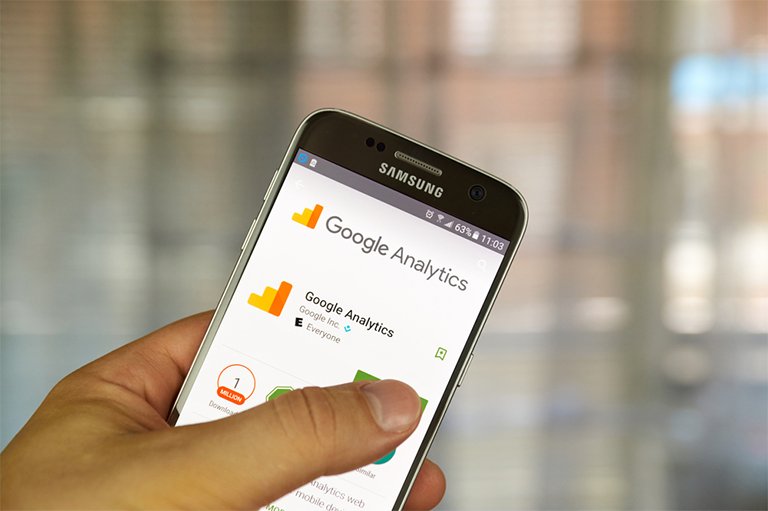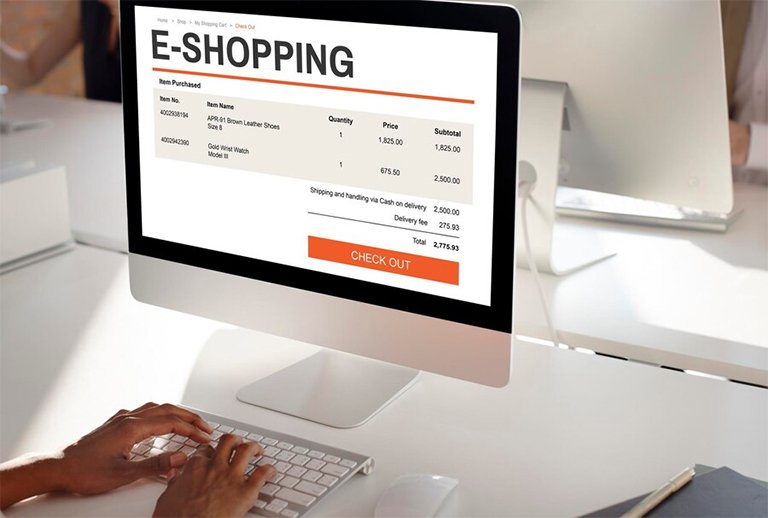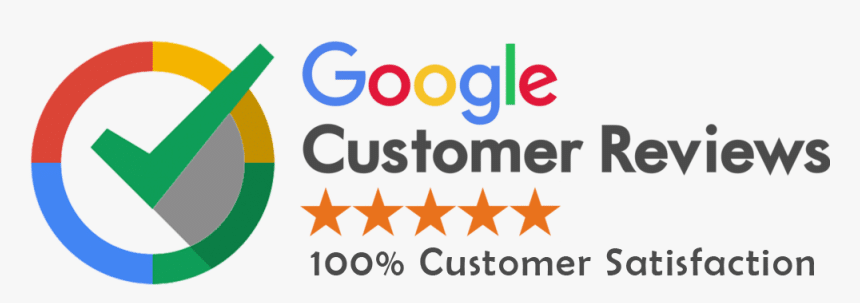When someone visits your website, what do they truly want? Most businesses think an attractive design and a few sliders are enough. But design without purpose is just decoration. A customer-centric web design focuses on creating meaningful experiences based on what users need, how they behave, and what problems they want solved.

Why Customer-Centric Web Design Matters
Customer-centric design means your website layout, content, and features are created with your audience’s preferences in mind. It’s not about promoting your brand; it’s about helping users complete their goals without confusion or frustration. Instead of asking, “How do I want my website to look?” ask, “What does my customer need to see and do here?”
Step 1: Build Around Customer Personas
Creating a customer-focused site starts with understanding your target audience.
Key Details to Define:
- Age group: Young professionals, families, seniors?
- Location: Local users or international?
- Device preference: Mobile, desktop, or tablet?
- Intent: Browsing, buying, or learning?
- Pain points: What do they struggle with on other sites?
These details shape how your design and content should work.
Step 2: Gather Real Feedback
Real users give real insights. Don’t guess—ask. Use these tools and tactics:
- Short on-site surveys
- Feedback popups
- Live chat questions
- Session recording tools (like Hotjar)
This data helps eliminate confusion and guides better design.
Step 3: Match the Website Flow to User Journey
Every page should serve a purpose and match user expectations.
Recommended Page Flow:
- Homepage: Clear purpose and navigation
- About Us: Share values and human side
- Services or Products: Focus on how they help the user
- CTAs: Guide visitors with action steps
- Contact Page: Easy to locate, simple to use
Step 4: Use Simple and Clear Language
Speak like your audience, not like a tech manual.
Examples:
- Complex: “End-to-end content management solutions”
- Clear: “Easily manage your website without coding”
Avoid jargon and keep it user-friendly.
Step 5: Simplify Website Navigation
Users leave if they can’t find what they need.
Navigation Tips:
- Limit top-level menu to 5–6 items
- Use clear labels
- Add a search bar
- Keep navigation consistent across all pages
Step 6: Prioritize Mobile Experience
More than half of users visit from mobile devices. Make sure:
- Pages load fast
- Buttons are thumb-friendly
- No horizontal scrolling
- Everything looks clean on small screens
Step 7: Design with Visual Hierarchy
Guide users’ attention with smart layout and contrast.
Best Practices:
- Bigger fonts for headlines
- Highlight CTAs with strong colors
- Use white space to separate sections
- Keep visuals relevant
Step 8: Use Emotional Triggers and Storytelling
People connect emotionally first, logically second.
Emotional Design Elements:
- Real customer testimonials
- Story-driven content
- Friendly language (“We’re here to help”)
- Human-focused imagery
Step 9: Build Trust Throughout the Website
Trust increases action. Show users you’re credible.
Trust Signals to Include:
- Partner logos
- Security badges
- Reviews and testimonials
- Clear refund and privacy policies
Step 10: Make Your Design Conversion-Focused
Design isn’t just about looking good—it should drive results.
Key Elements:
- Visible CTAs like “Get Started” or “Contact Us”
- Short forms with 3–4 fields
- Live chat for instant help
- Popups with helpful offers (not intrusive)
Step 11: Use Analytics to Improve Continuously
Track user behavior to find what works—and what doesn’t.
Suggested Tools:
- Google Analytics: Traffic, bounce rate, conversions
- Hotjar: Click and scroll heatmaps
- A/B Testing: Try different headlines or layouts
Review reports monthly and make small changes often.
Step 12: Keep Improving Post-Launch
Customer-centric design is not one-and-done. Keep evolving.
Questions to Regularly Ask:
- Is the content still relevant?
- Are users getting lost?
- Are conversions increasing or falling?
Your website should grow with your users.
Case Study: Redesign That Worked
A Dubai-based fashion store shifted from flashy graphics to customer-first design:
- Clear category sections
- WhatsApp chat support
- Real-time reviews on homepage
Results:
- 28% drop in bounce rate
- 40% rise in time-on-site
- 17% increase in online orders
Simple changes made a huge difference.
Conclusion: Make It All About the Customer
A great-looking website is meaningless if it doesn’t serve your visitors. Customer-centric design is about helping users reach their goals quickly, comfortably, and confidently.
When your website works for your users, your business benefits automatically. Start with their needs, and everything else—from layout to content—will fall into place.











